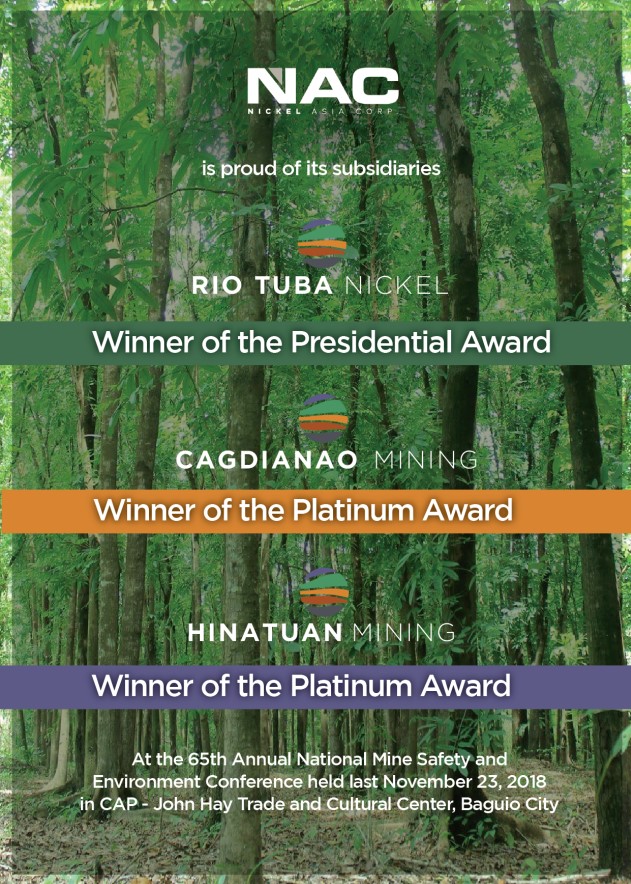Pangasinan Local Historical Committees Network

By Virginia Jasmin Pasalo
“DID I hear you right?” A question I repeated to a fellow Commissioner who gave me an update on what transpired during the meeting of the Pangasinan Historical and Cultural Commission (PHCC) with newly-elected Governor Ramon “Mormon” V. Guico III.
PHCC Commissioner Arabela Arcinue was so excited to tell me that Governor Guico is going to prepare a P100M budget for historical and cultural projects. It is a huge budget for a province, compared to previous budgets allocated for the same purpose, expanding its activities to include the acquisition of properties with historical significance to be developed as heritage sites to boost the tourism industry, and more importantly, to strengthen the identity-building among the people of Pangasinan by preserving in very concrete ways, the richness of their history and culture: its land, its people, and its language. Certainly, a gesture of love for a loved one, the Pinablin Dalin (Beloved Land).
It is a great vision, needing a social infrastructure to sustain itself beyond the political changes that accompany leadership transitions every three years. For this, we need not look very far for models. There is the Local Historical Network (LHCN) of the National Historical Commission of the Philippines (NHCP), where local historical groups, duly-organized and accredited by government regulatory bodies and academic institutions are included in a national network of organization based on a criterion, among others, of the length of their presence in their own communities doing concrete and verifiable initiatives, and the level of engagement of citizens in their activities.
The process is purely voluntary, but local government units (LGUs) can organize their own, in the same manner that PHCC was created. PHCC was created by Provincial Ordinance No. 147-2010 on 17 December 2010 during a regular session duly constituted by the Sanggunian Panlalawigan of Pangasinan under the administration of Governor Amado Espino Jr. It was the first LGU-created historical organization accredited by the LHCN.
Collectively, these groups can be called the Pangasinan Local Historical Committees Network (PLHCN), to further enhance the achievement of PHCC’s mandate and to encourage critical collaboration with its national counterpart, the LHCN. Its main task is to engage local communities to value their heritage, for the citizens to undertake research, collection of data so they can write their own story: their community and family histories. They can also document their personal experiences on the way local institutions impact on their daily lives as a feedback on the way they are governed, and their thoughts on how local governance can go beyond self-interests.
Three years is enough to begin a worthwhile endeavor. To sustain it needs an appropriate social infrastructure and the patriotism required to set aside politics in its activities and implementation.
So many good things to do, with so many challenges and daunting realities, but love always shows the way. Great infrastructures with historical significance had been built by great love. The Taj Mahal, for one. “L’amore trova una via”.






